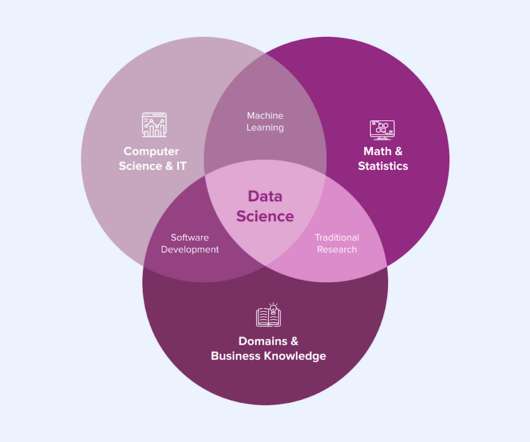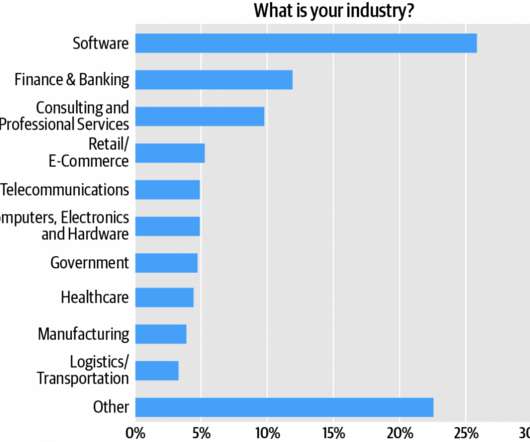The 10 highest-paying industries for IT talent
CIO
JUNE 22, 2023
There’s a high demand for software engineers, data engineers, business analysts and data scientists, as finance companies move to build in-house tools and services for customers. There’s a broad range of roles that fall under the software industry, the most obvious ones being software developer and engineer.
















Let's personalize your content